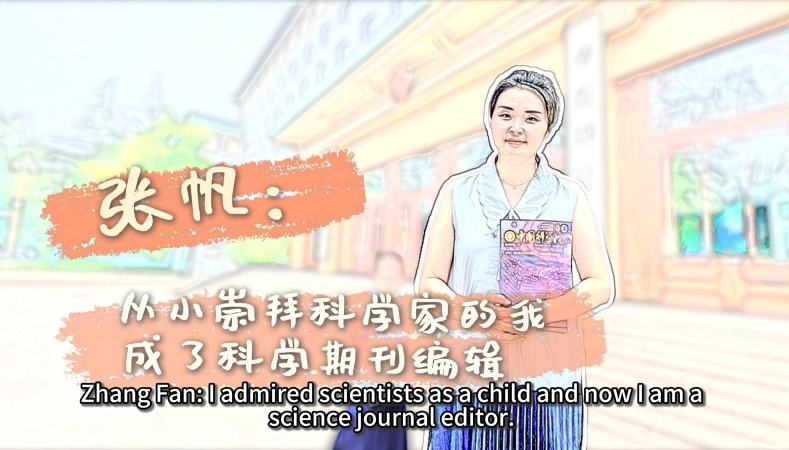Policies That Accelerated China's Progress
By Staff Reporters
China has been improving its science and technology policies to encourage R&D. For more than a decade, a series of important sci-tech policies and measures have been introduced:
•Top-level design documents to implement the innovation-driven development strategy and deepen sci-tech system reforms have been put into action. The Law on Progress of Science and Technology, the Patent Law, and other laws have been revised accordingly.
•At least 50 percent of the income generated from the commercialization of sci-tech achievements is given to researchers, and the proportion of research funding allocated to personnel has increased.
•The number of forms to be submitted to apply for key R&D programs has been reduced from 57 to 11, lessening researchers' paperwork burden.
•The evaluation system for sci-tech talent focuses more on innovation value, abilities, and contributions.
Ding Minglei, a researcher at the Chinese Academy of Science and Technology for Development, said effective implementation of science and technology policies has provided a solid institutional foundation for innovation.
In recent years, the breadth and depth of sci-tech reforms have expanded, extending from science to economic and social development and national security. The connotation and boundaries of the reforms have been continuously enriched.
China has strengthened both technological and institutional innovation, formulating and implementing relevant plans, and promoting the improvement of the legal and regulatory framework. This provides institutional guarantees for achieving sci-tech self-reliance and self-strengthening at higher levels.
To reduce administrative burdens and distribute authority more effectively, reforms in the management of research project funds have increased the proportion of indirect costs (including management fees, performance expenditures, and research operational costs), delegated budget adjustment authority, and carried out pilot reforms for a "green passage."
The Ministry of Science and Technology, along with other departments, has launched a nationwide initiative, simplifying the process for project applications, material submissions, and expense reimbursements, which enables researchers to focus on their work.
Talent assessment now emphasizes innovation value, capability, and contribution to integrating science, technology, and the economy, motivating researchers further. Efforts are being made to advance the commercialization of sci-tech achievements, enable researchers to gain income from their research results, and implement knowledge value distribution policies to stimulate innovation and entrepreneurship.
Official data shows that in 2023, China's total social R&D expenditure reached 3.3 trillion RMB, with an R&D intensity of 2.64 percent. The number of high-tech enterprises increased from 49,000 in 2012 to 465,000 in 2023. Looking ahead, science and technology policies will be further refined to develop an efficient, open, and coordinated national innovation system.


